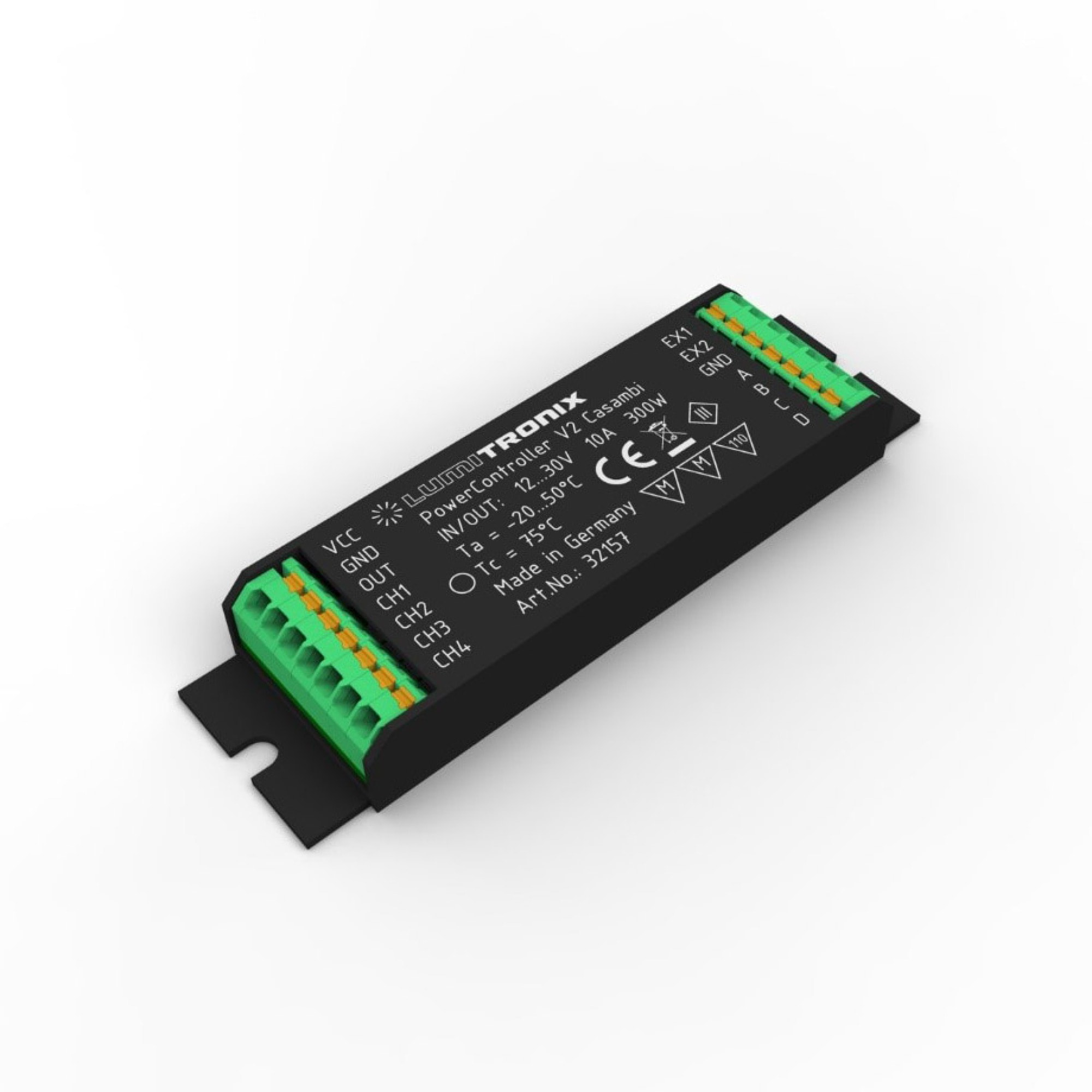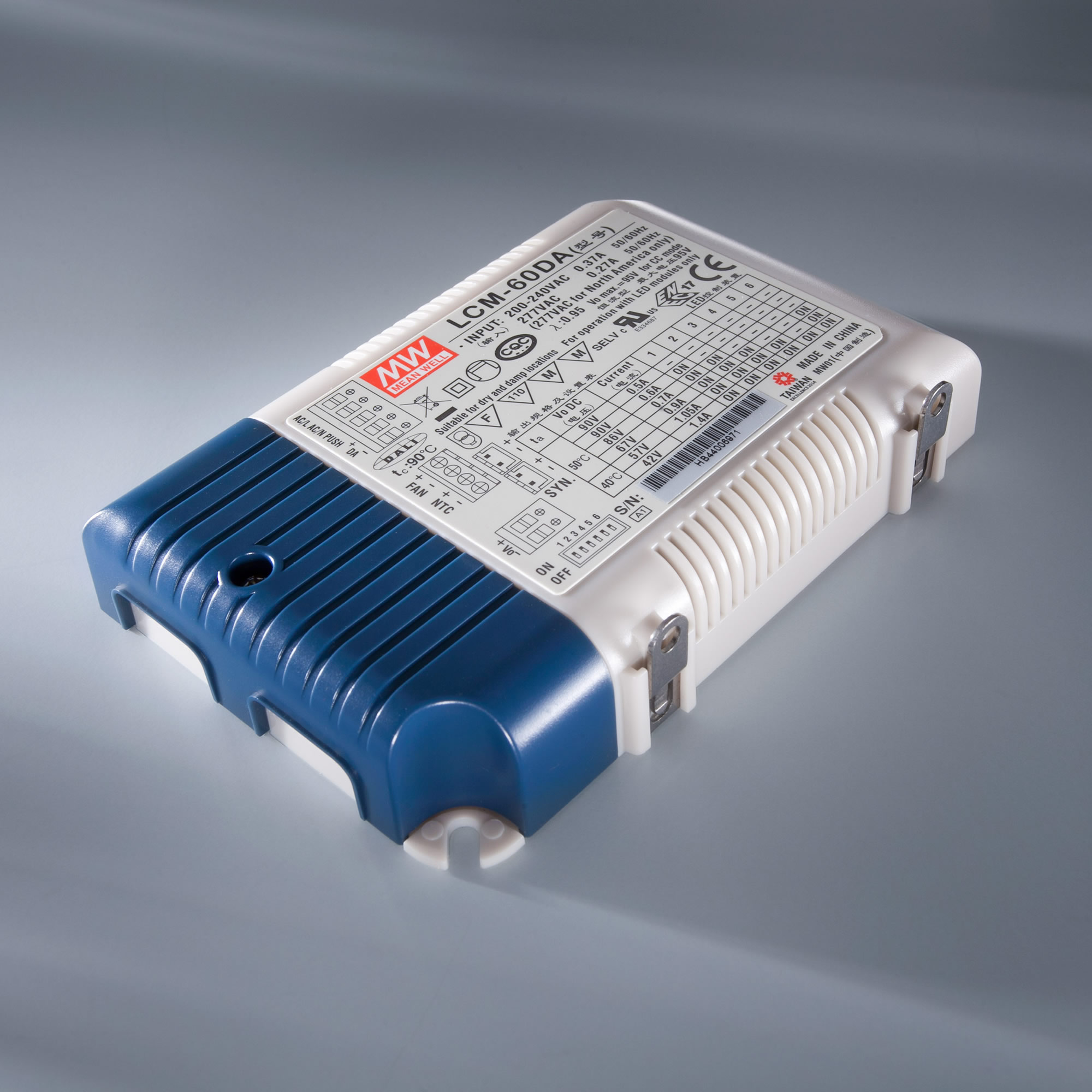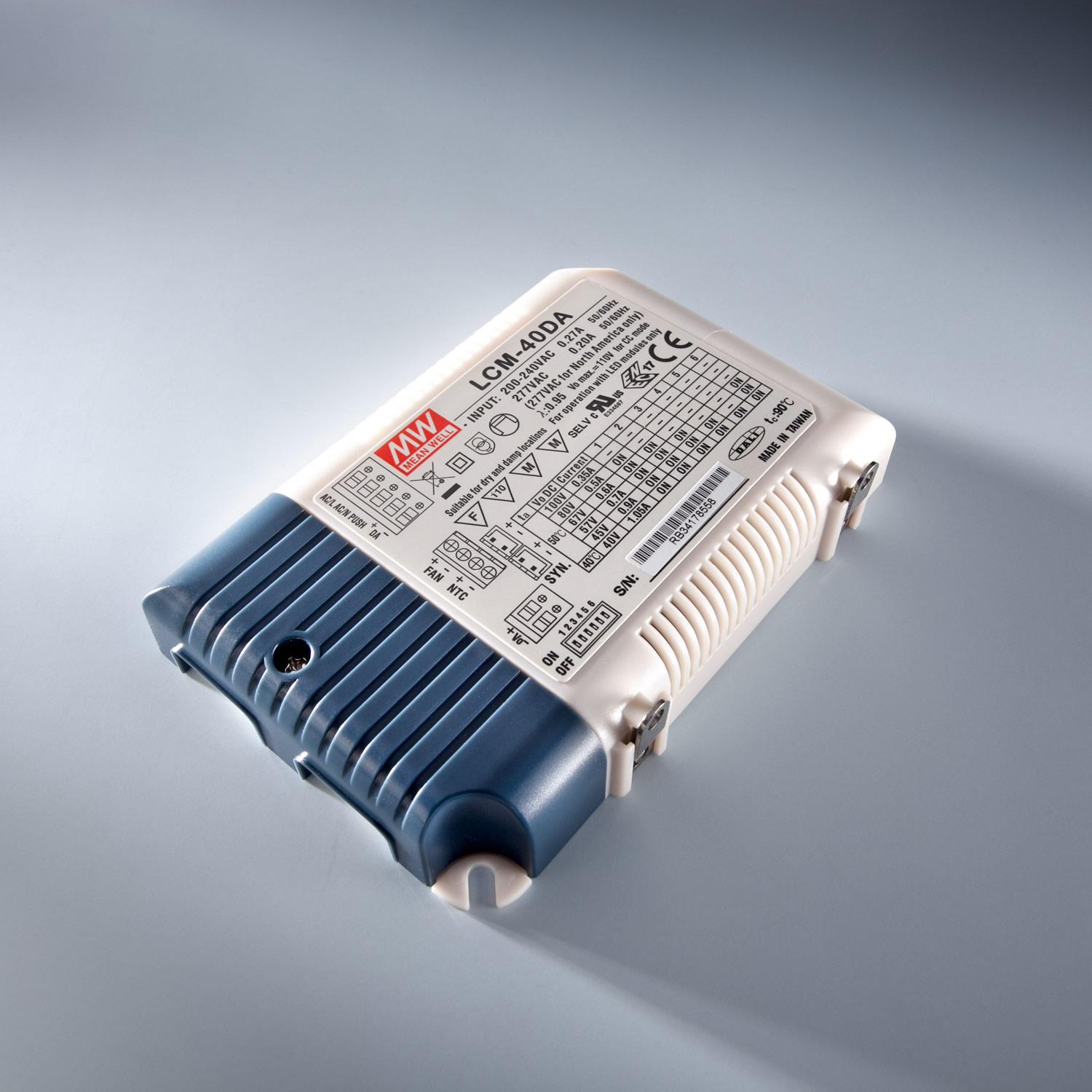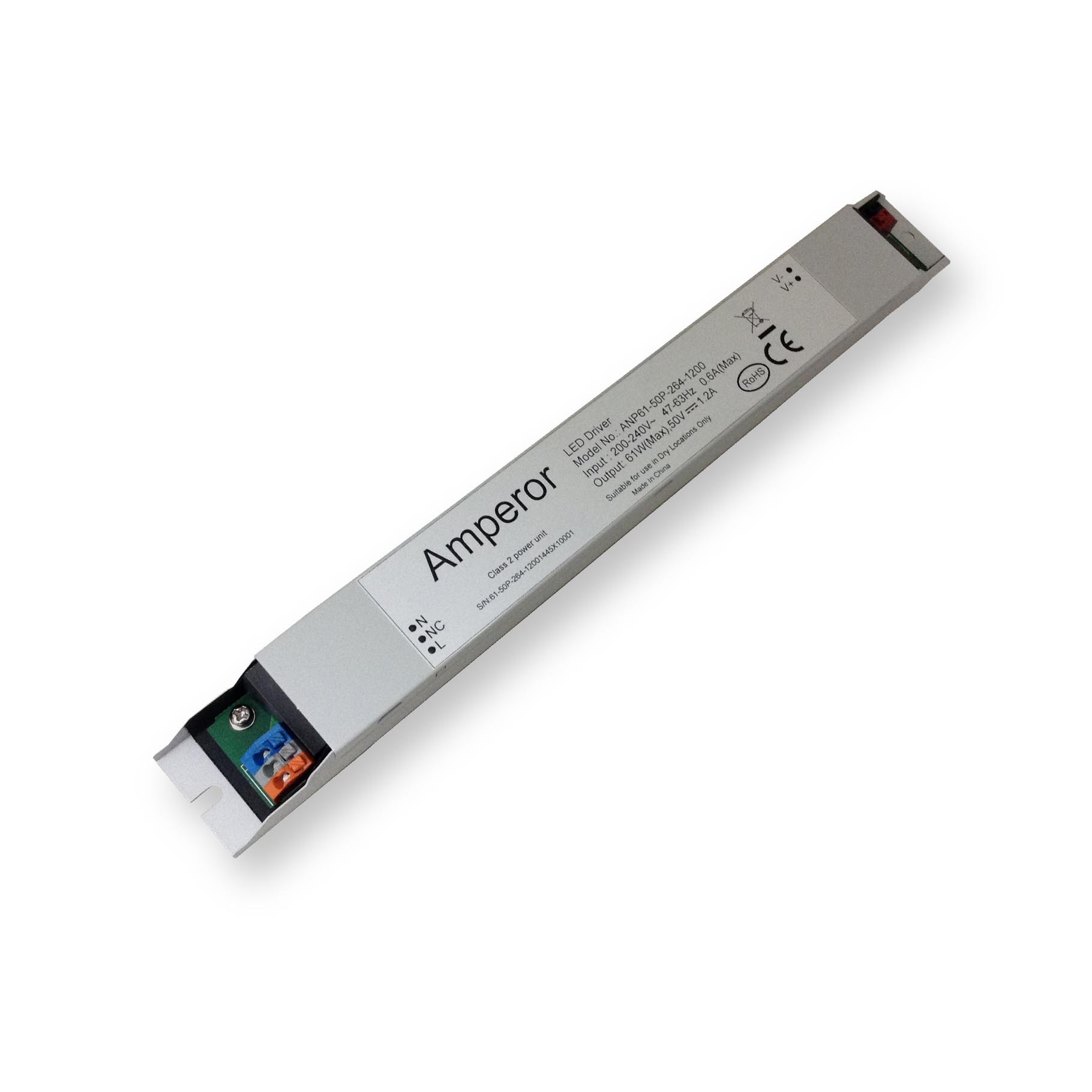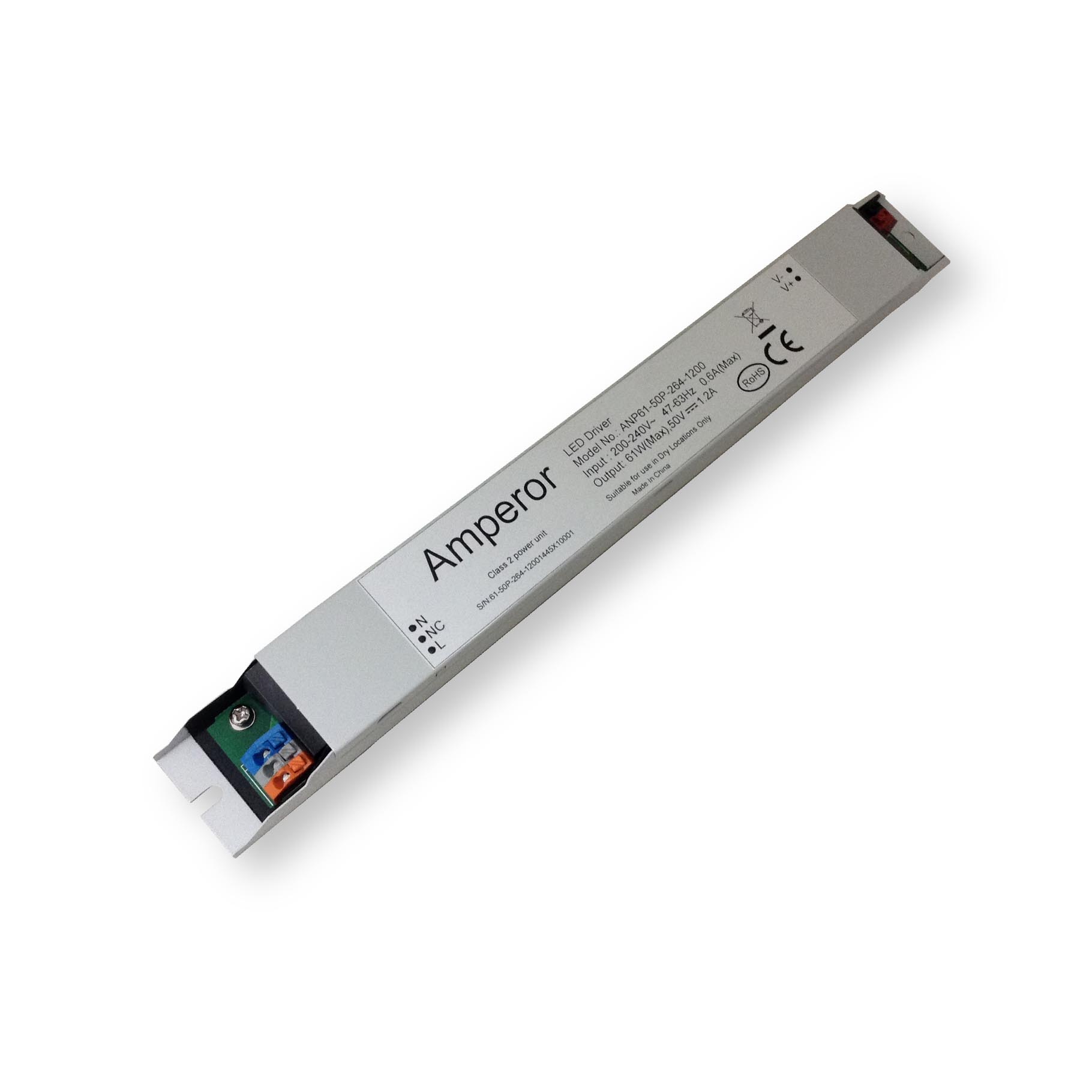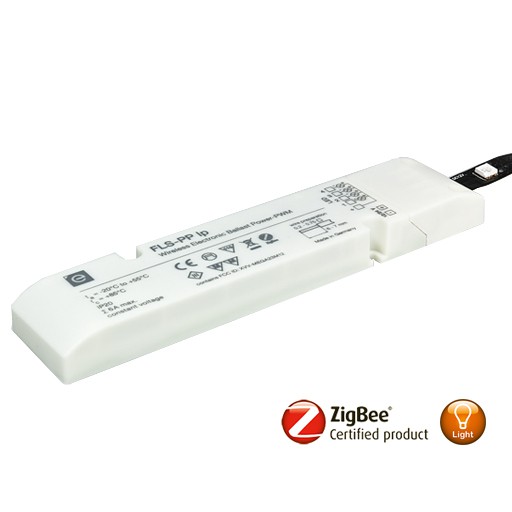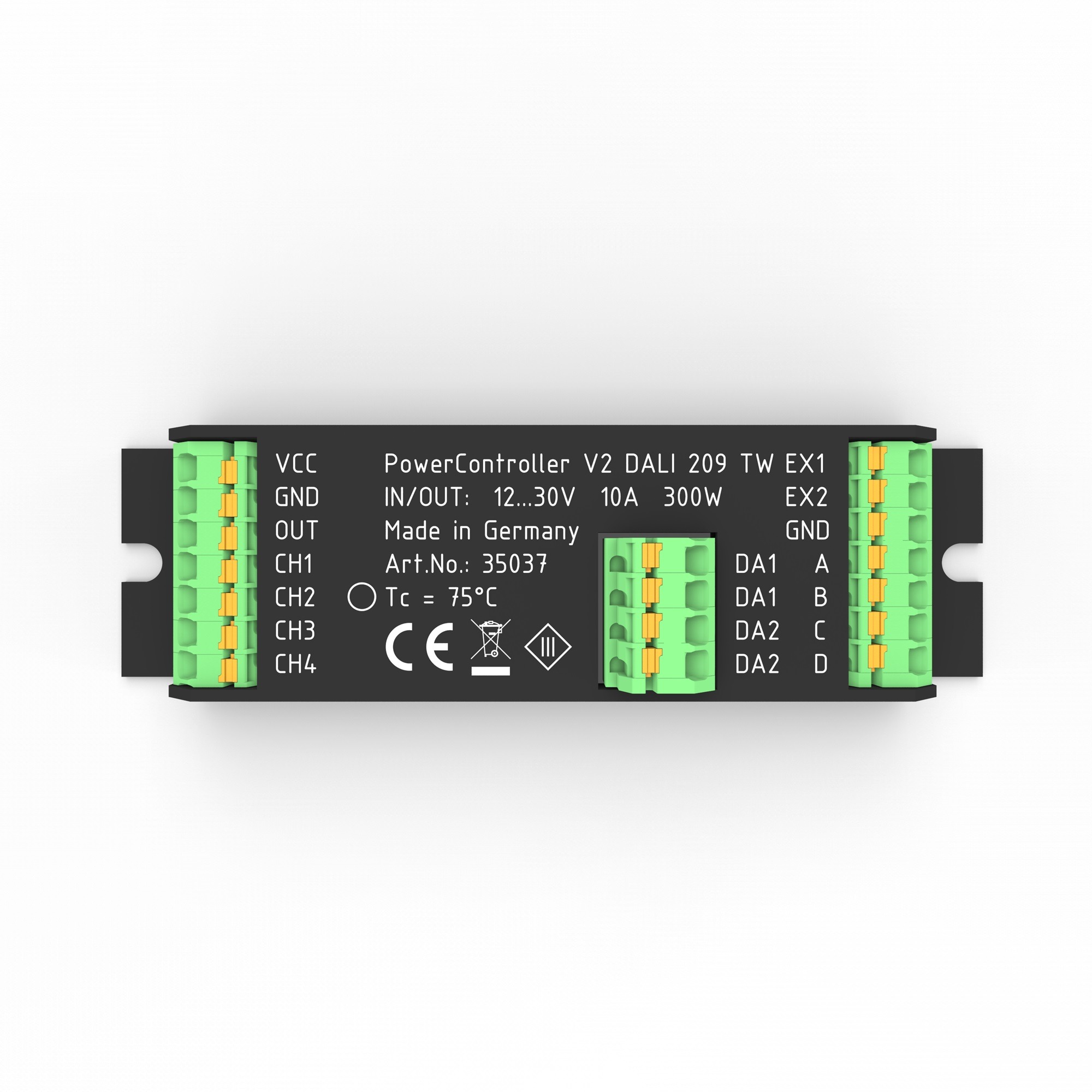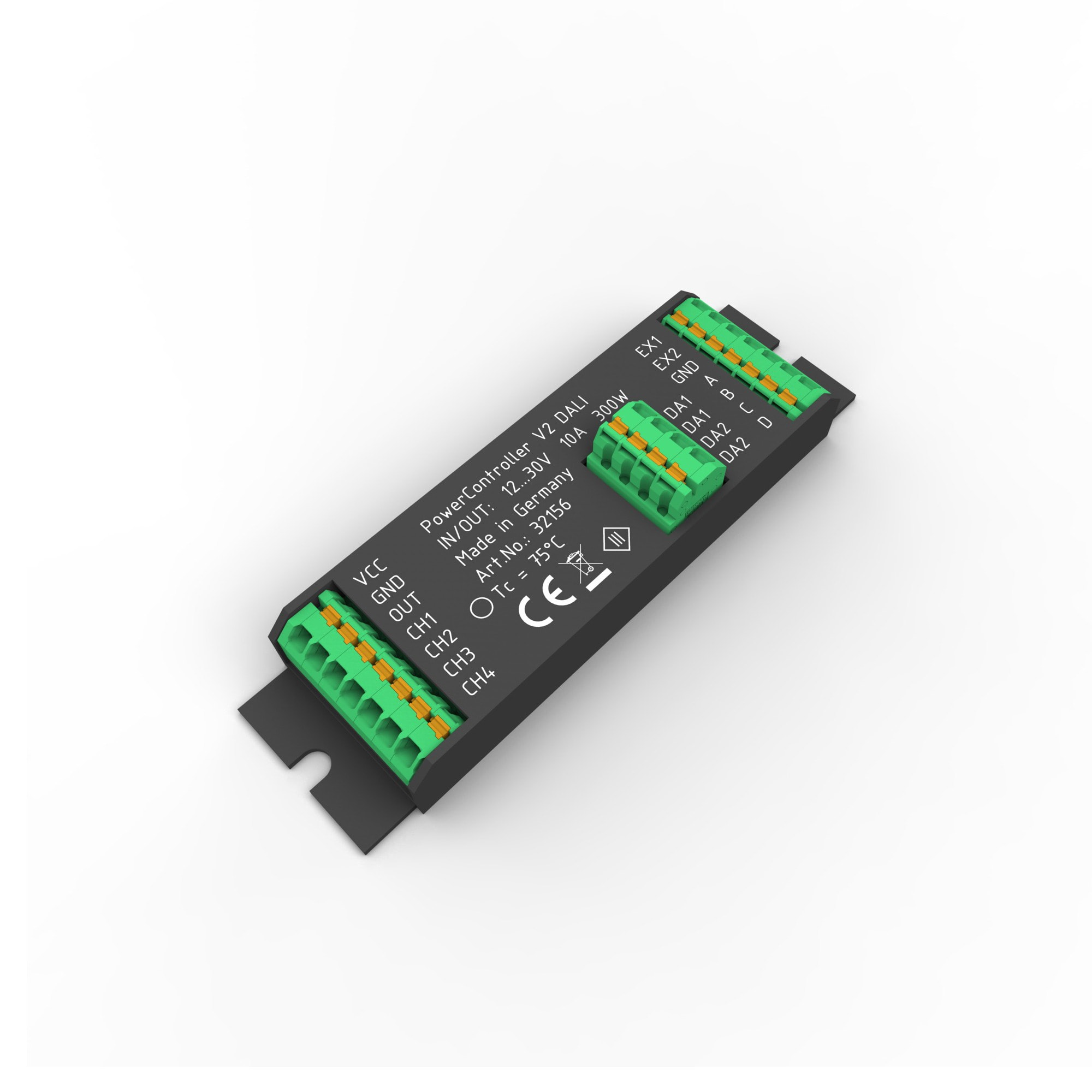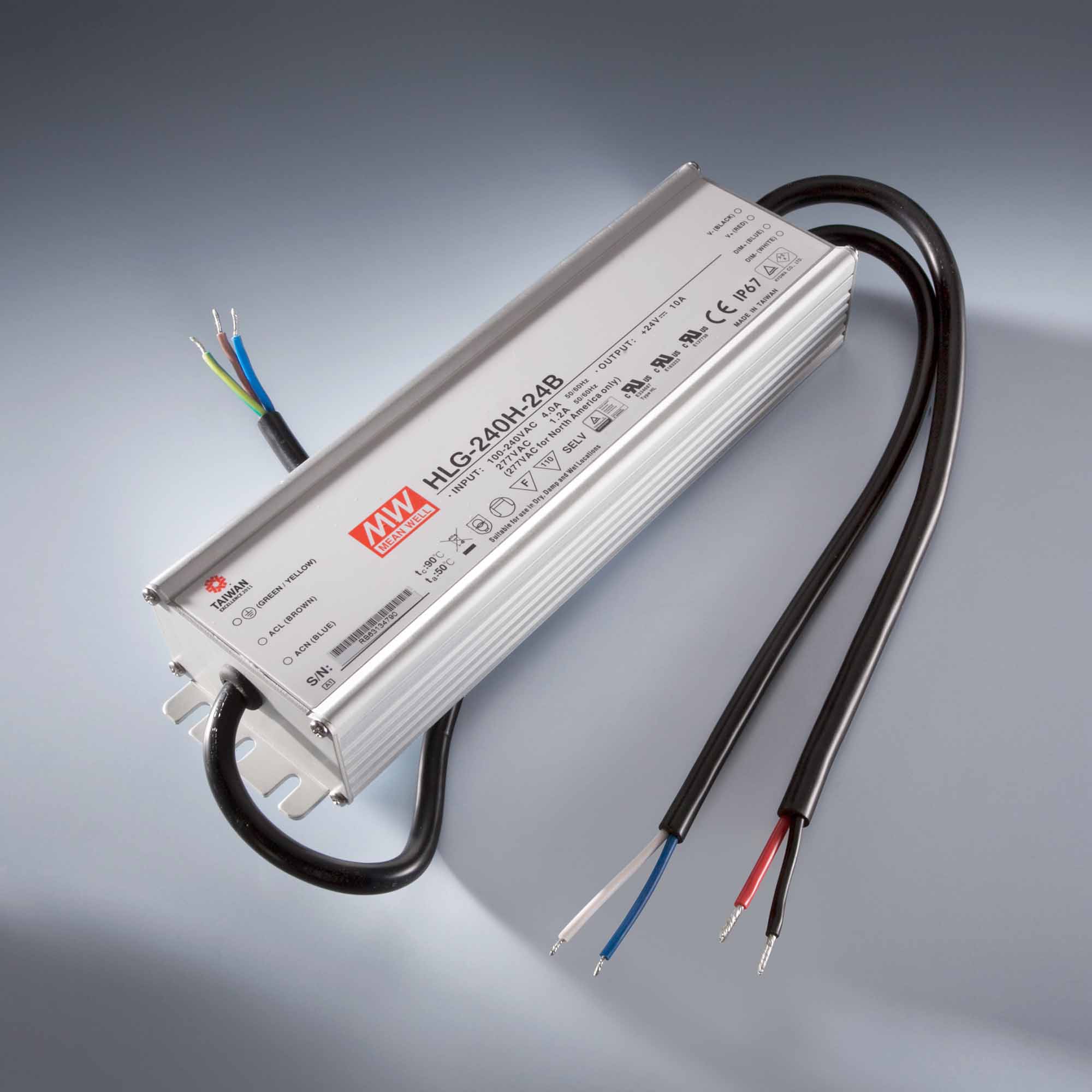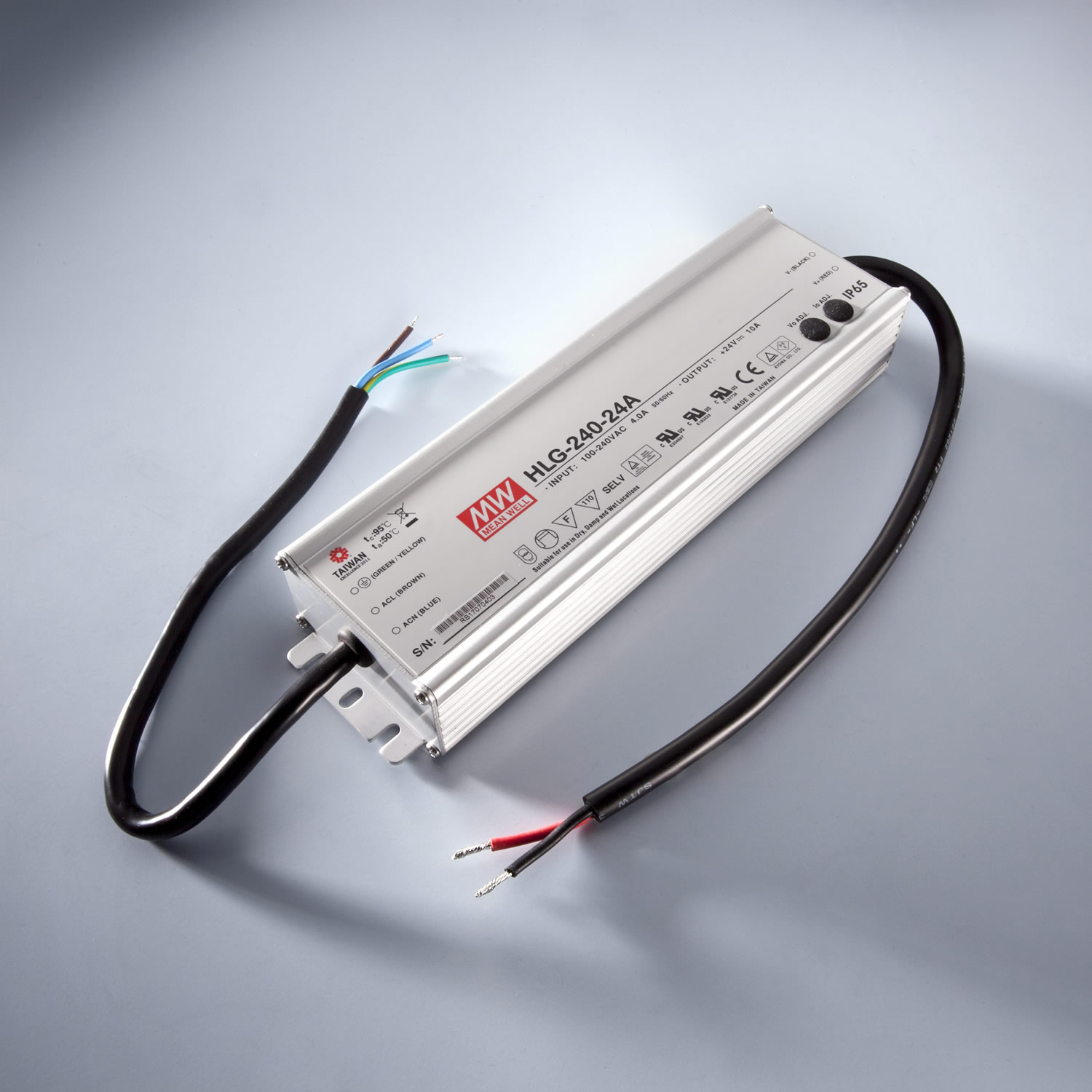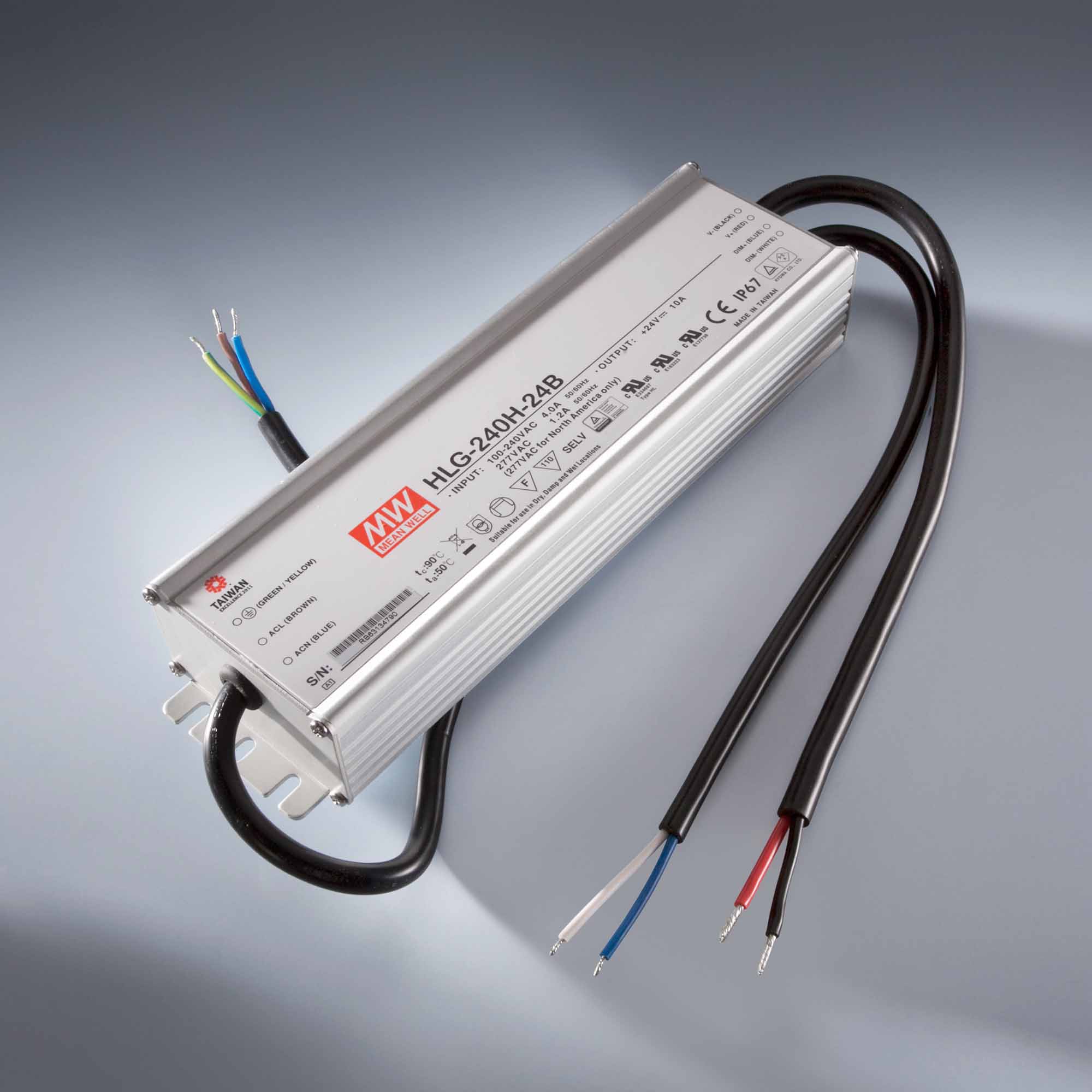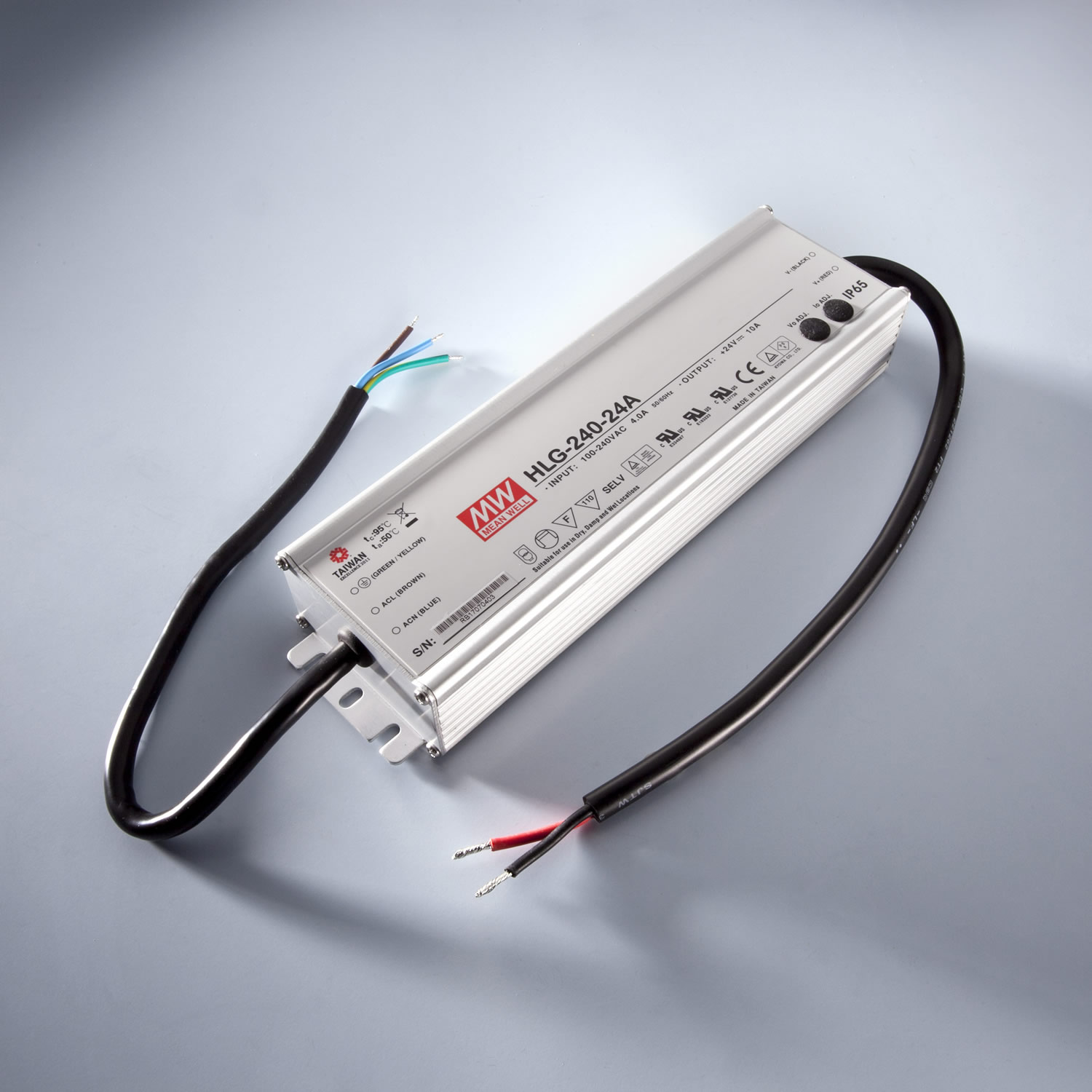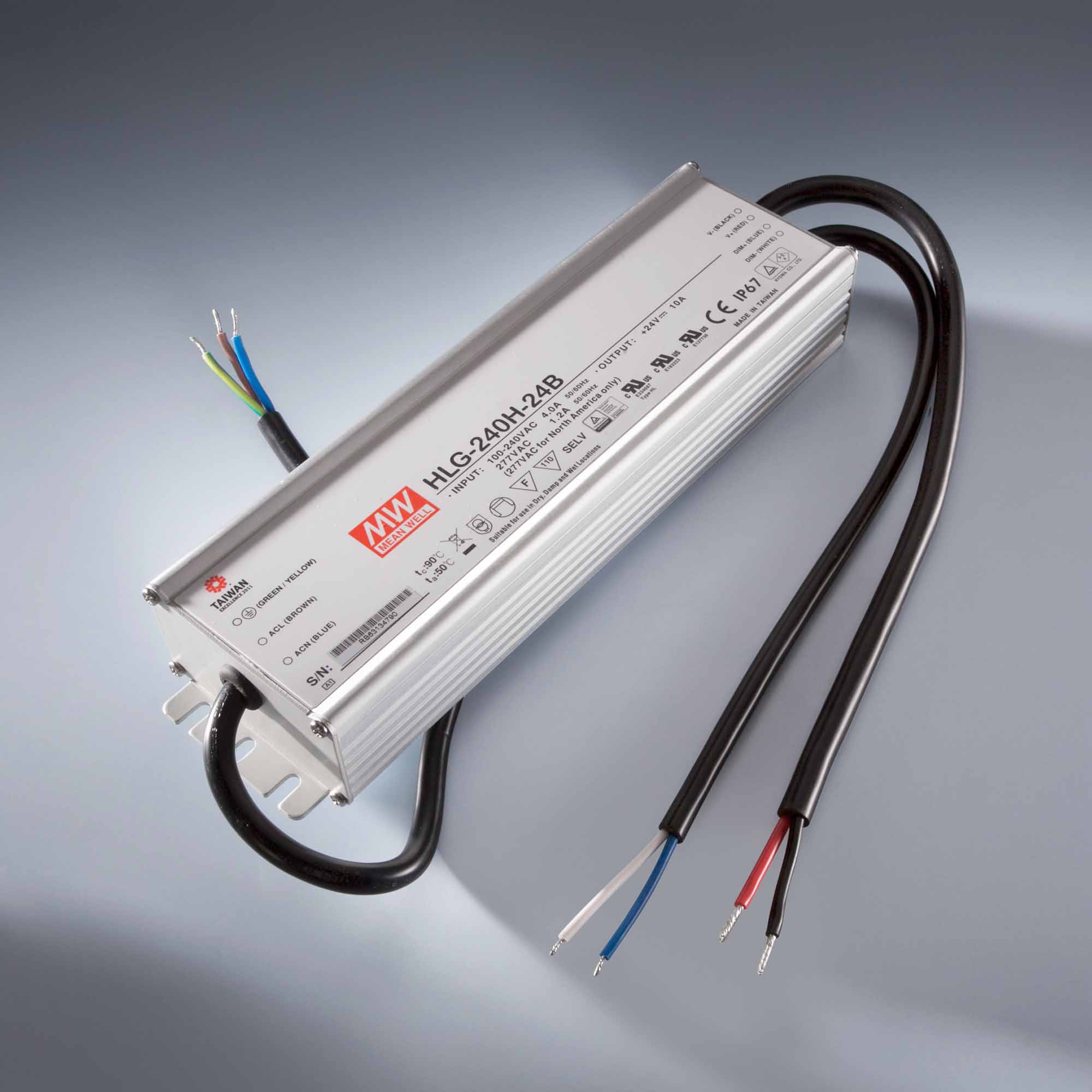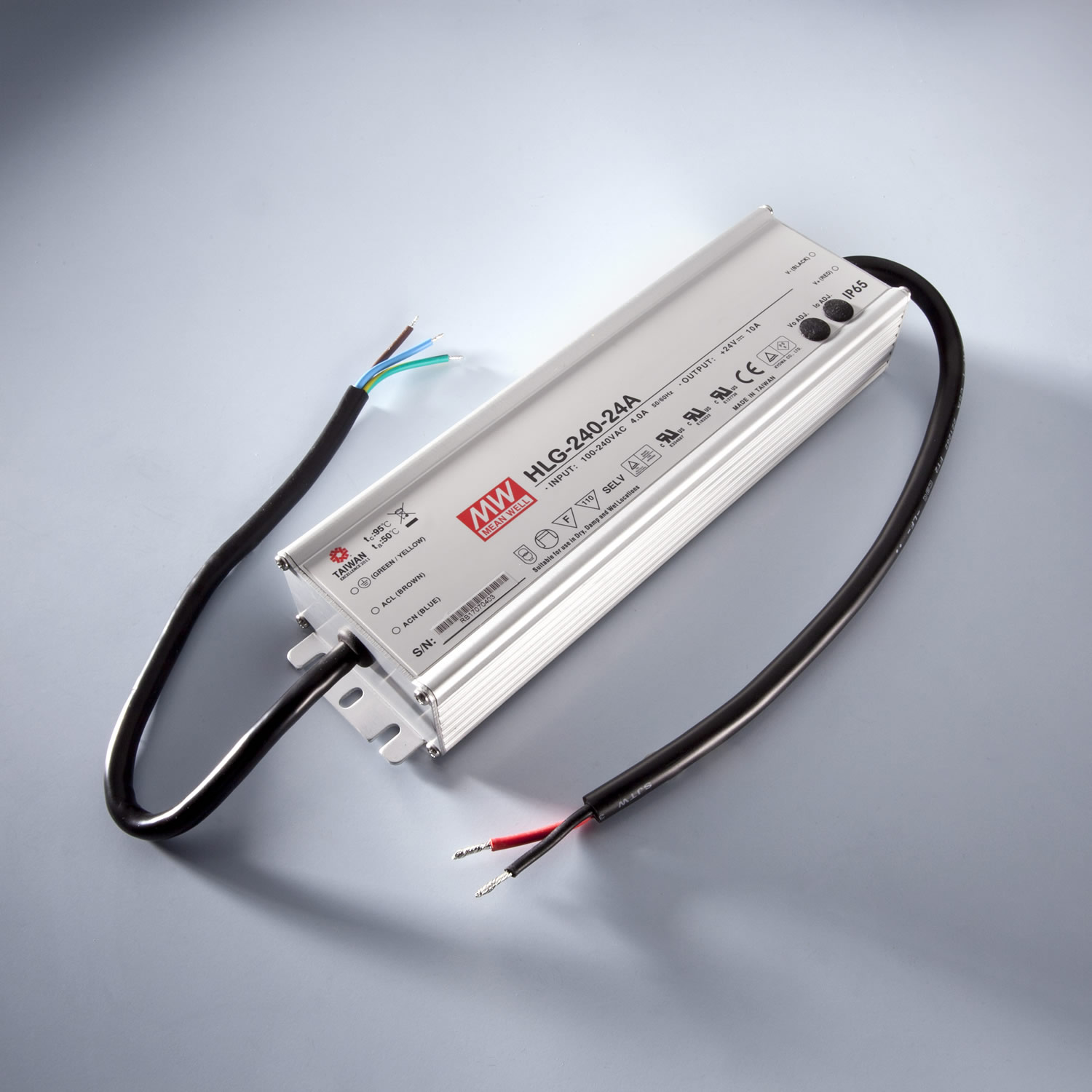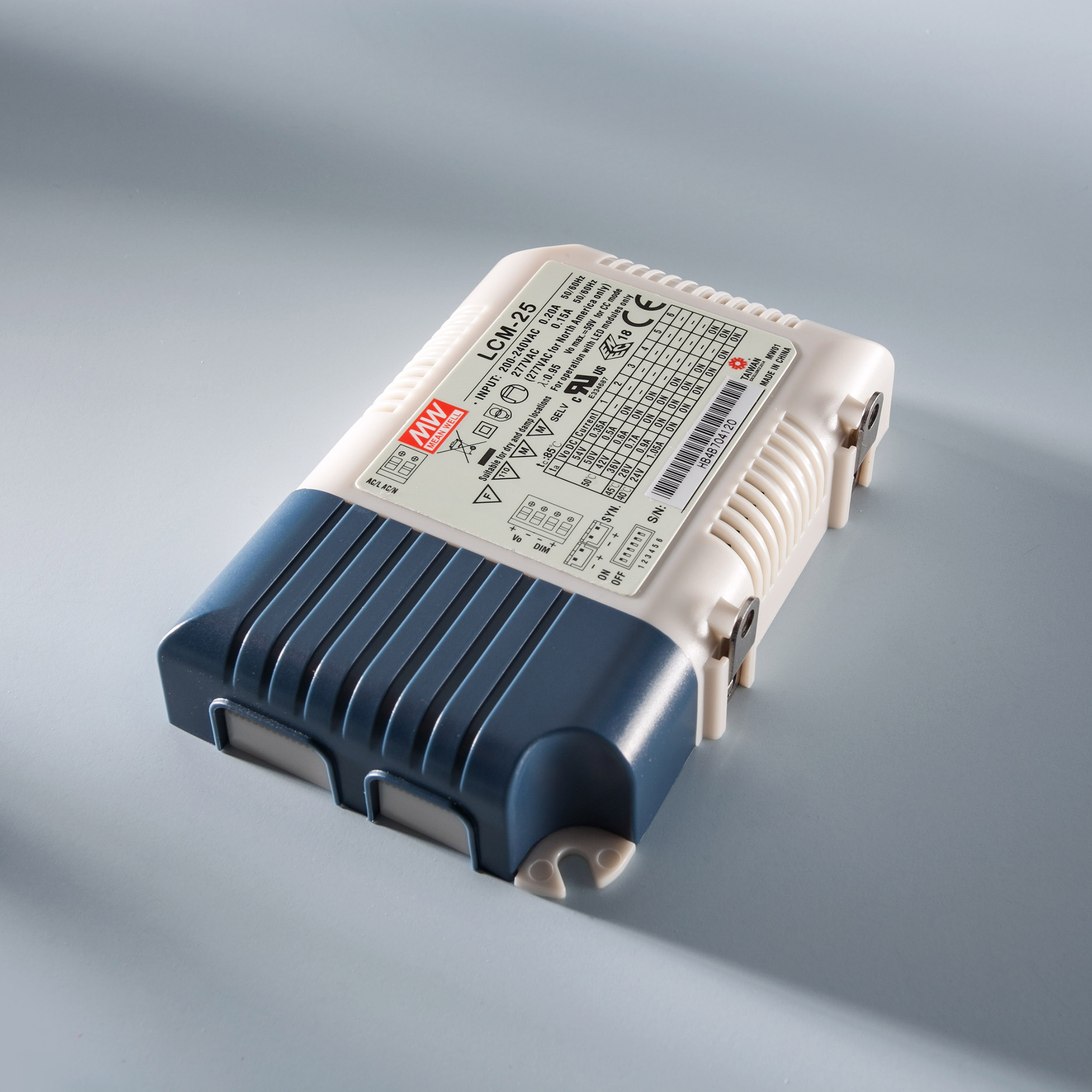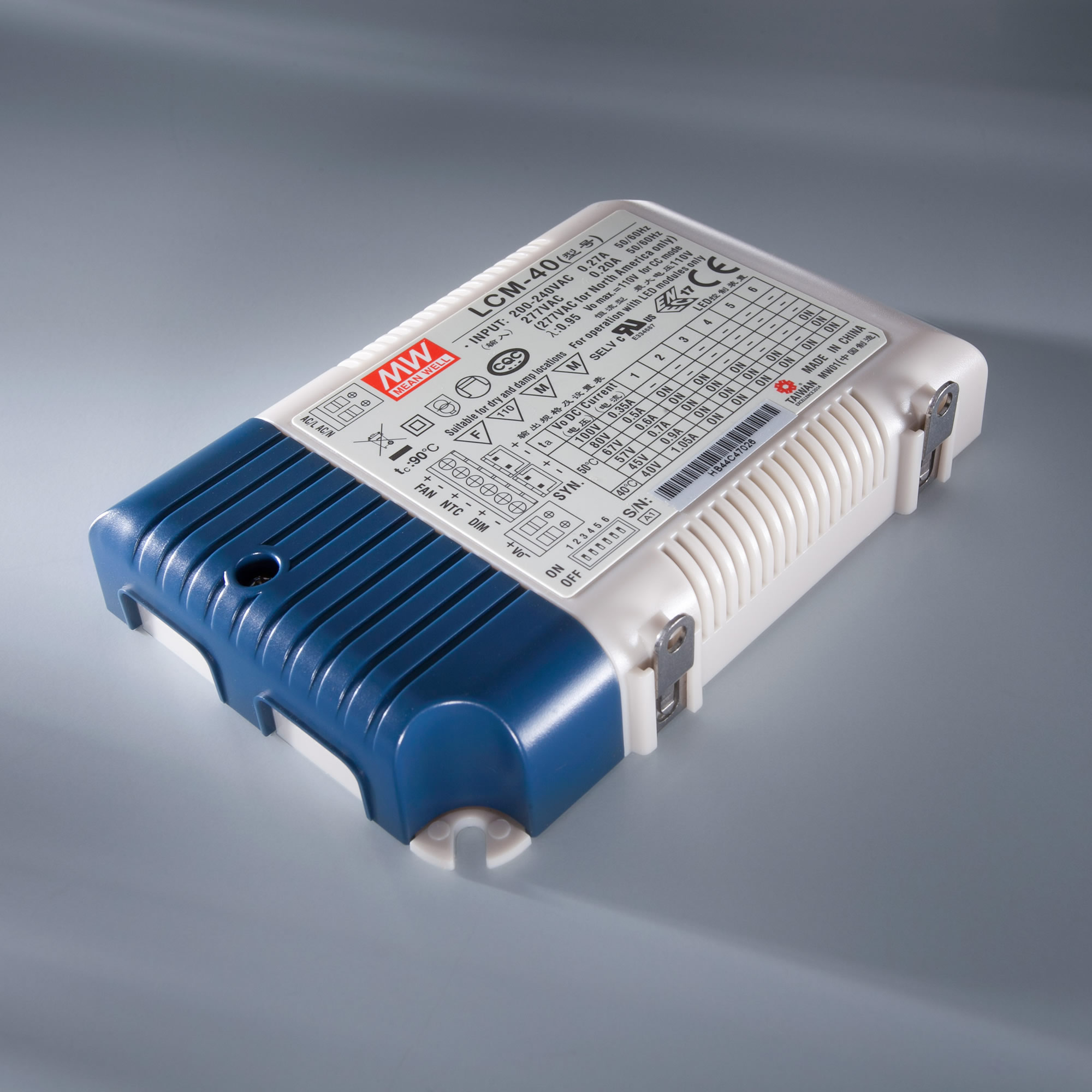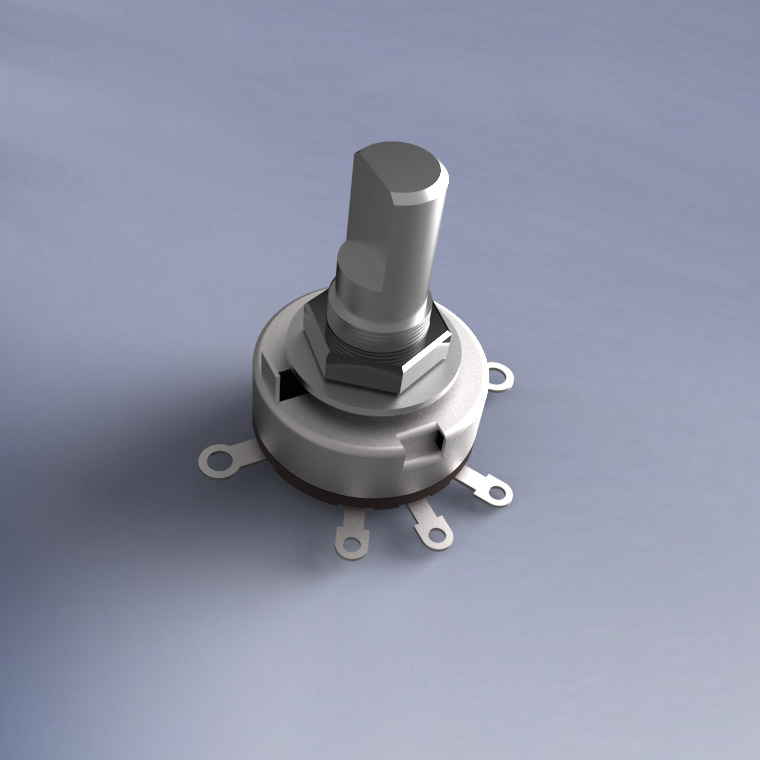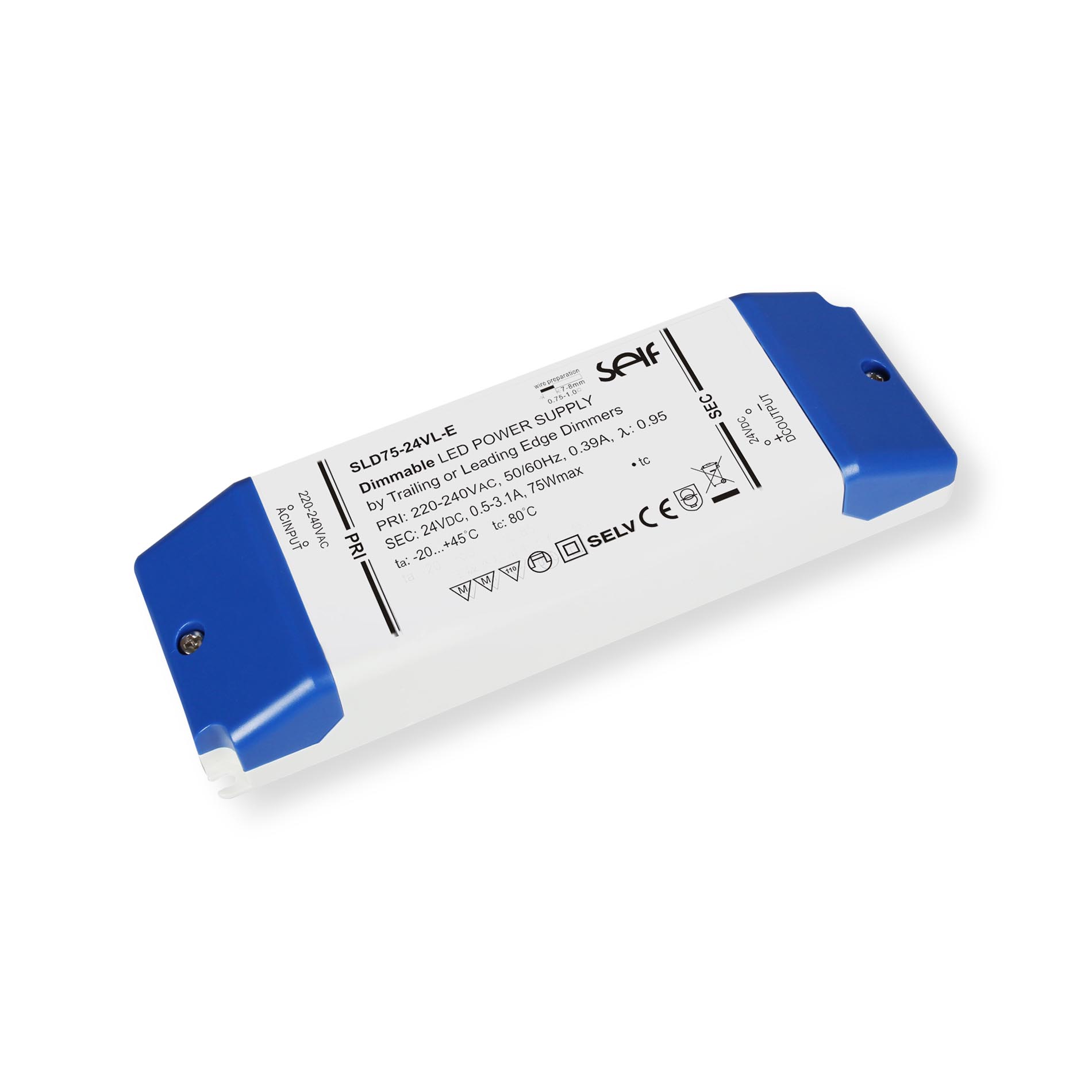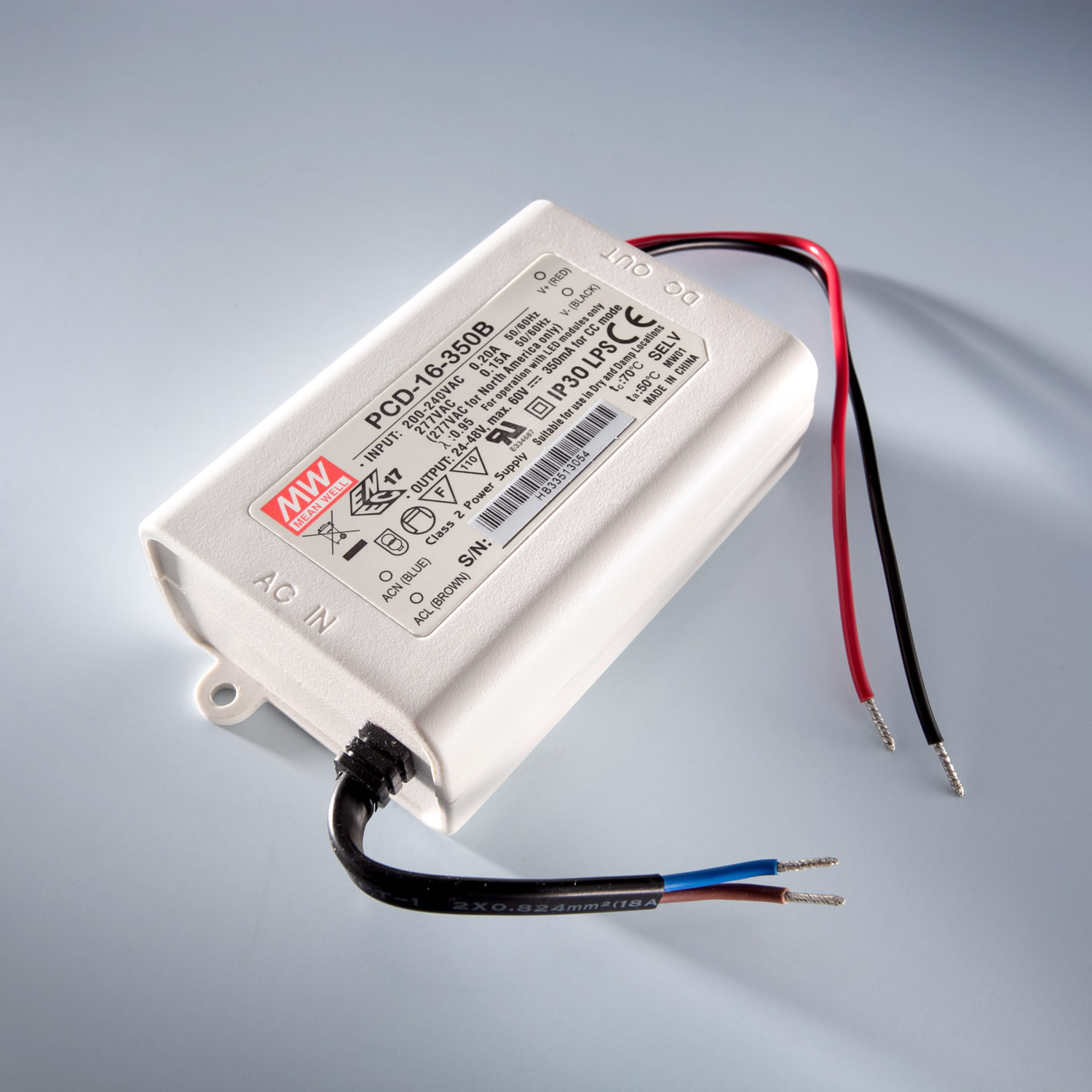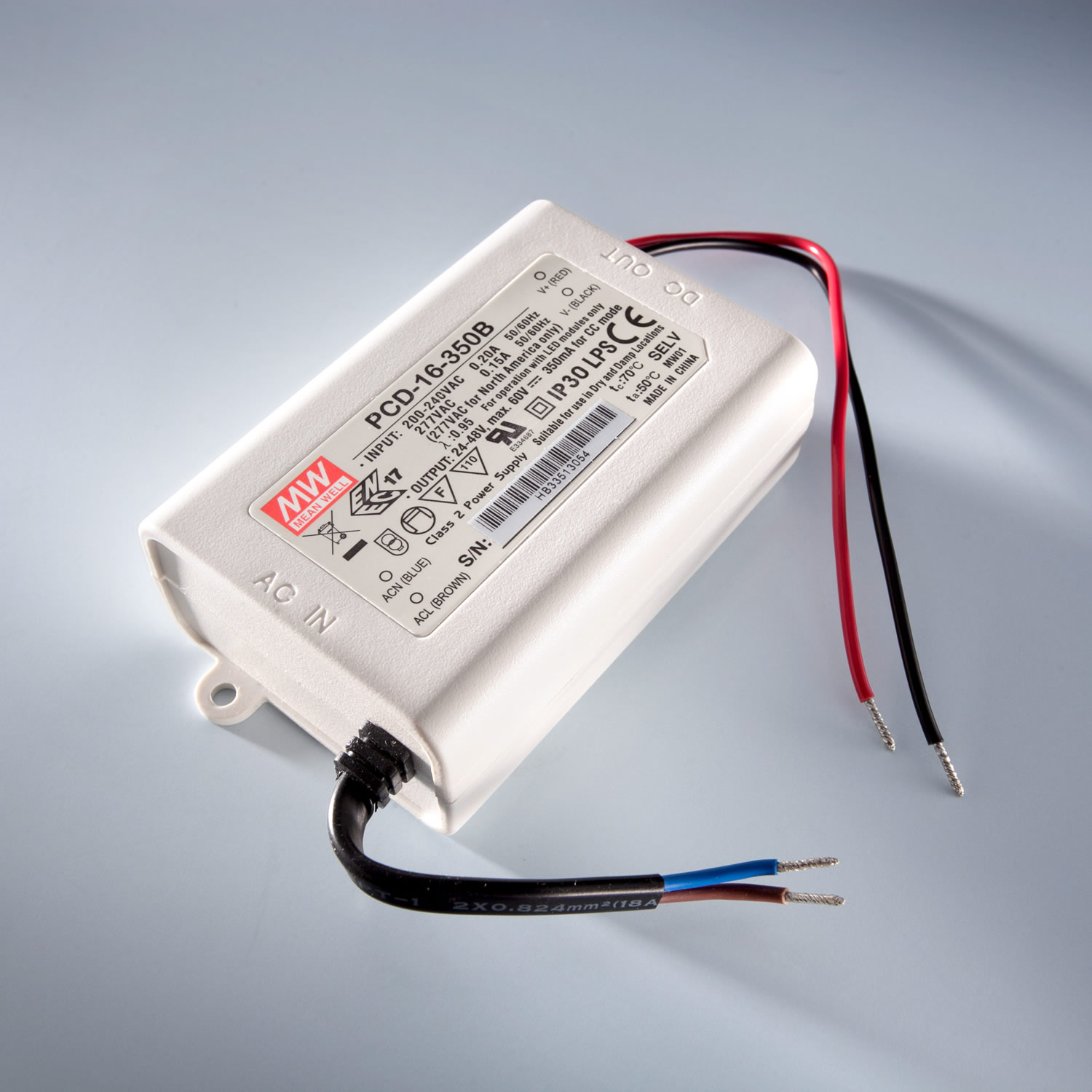The Art of Dimming LED Lights: Navigating Through Choices
- By Ledrise Led Professional
- Sep 29, 2023

The Art of Dimming LED Lights: Navigating Through Choices
LEDs (Light Emitting Diodes) have evolved to become a crucial element in the lighting domain due to their energy efficiency, lifespan, and innovation. One of the attributes of LED lighting is that it is inherently dimmable, allowing users to adjust the light output to create the desired ambiance or mood. This article explores various dimming methods, the science behind them, and how to choose the right one to suit your needs.
Understanding the LED Dimming Process
LEDs are semiconductor devices emitting light when current flows through them, with light output contingent on the input current. This characteristic renders them inherently dimmable, however, the practicability of dimming LED-based light sources such as LED strips, bulbs, or fixtures is also reliant on the transformer used.
A non-dimmable transformer with fixed output cannot modulate light output, whereas a transformer with variable output, when given dimming instructions, can control light output efficiently. But, it's vital to note that not all transformers understand every dimming signal; they are usually designed to accept specific ones. Hence, understanding the different dimming methods and technologies becomes critical.
Dimming Methods and Technologies
1. Wireless Dimming:
Wireless dimming is achievable through communication protocols like Bluetooth, WI-FI, Zigbee, and radio. Two notable solutions within this category are Casambi and Zigbee-based Philips Hue.
-
Casambi: Utilizes Bluetooth Low Energy, facilitating wireless control via the Casambi app, providing a mainstream, future-proof solution.
In our webshop you can buy our PowerController V2 for dimming or light control of 12VDC or 24VDC LED strips, in single color, tunable white, RGB or RGBW. The additional button offers control options without the need of a phone or tablet:
For constant current LED strips and modules in single color, the Mean Well LCM BLE drivers can be controlled via Casambi:
-
Philips Hue: Zigbee enables direct control over lights with the Hue app and serves as the cornerstone for smart homes and IoT networks, with a myriad of compatible products available.
We offer a Philips Hue Wireless electronic ballast with Power PWM interface for RGBW and RGB 24V LED/LED strips. The ballast is a ZigBee certified product, made in Germany
2. DALI (Digital Addressable Lighting Interface):
A specialized, digital protocol allowing individual control of up to 64 luminaires. DALI's digital architecture facilitates two-way communication, enabling devices to report failures and respond to queries, enhancing flexibility and reliability in controlling lighting systems.
Our PowerController V2 for dimming or light control of 12VDC or 24VDC LED strips, in single color, tunable white, RGB or RGBW is also available in DALI102 and DAL209 version:
For constant current LED strips and modules, the Mean Well LCM or Amperor ANP LED drivers offer a wire range of output currents and can be DALI controlled:
3. KNX System:
KNX offers versatile building automation, networking all building functions and allowing central or mobile control over various elements like lighting, heating, security systems. However, implementing KNX can be costly and inflexible, usually reserved for larger projects like concert venues and office buildings.
4. 0-10V Dimming:
This analog control protocol adjusts lighting intensity through DC voltage variations. It's simple to install and operate, making it practical for many lighting fixtures and control systems.
We offer a wide selection of Mean Well 12V, 24V and constant current LED drivers that work with 0-10V. These are great for small projects, or building lighting fixtures where individual control is desired.
The Mean Well HLG series are the most popular choice from our offer for 12VDC and 24VDC LED strips:
The Mean Well LCM series are the most popular choice from our offer for constant current LED strips:
If the required 0-10 dimmer is not available we offer a simple replacement:
5. Triac Dimmer:
Triac dimmers work by modulating the amount of current flowing through the load, switching on and off quickly, making them suitable for dimming LEDs.
We recommend the Self transformers for Triac dimming of 12VDC or 24VDC LED strips, in single color:
In the case of constant current LEDs and modules the Mean Well PCD series are very good choice:
6. DMX Control:
DMX is a universal digital communication standard used for controlling lighting and special effects. It allows full control of lighting needs from a single centralized location and can integrate with home automation systems like Lutron and KNX.
Weighing the Pros and Cons
Each dimming technology comes with its unique set of advantages and limitations. For instance, while DALI offers precise control, it is complex and expensive to install. On the other hand, wireless solutions provide flexibility and easy installation but may suffer from interference and limited control range. Therefore, selecting the appropriate dimming technology is crucial and should align with specific requirements and applications.
Practical Application:
Dimming technologies like Casambi and Philips Hue have facilitated the growth of smart homes, enabling seamless integration and control of lighting fixtures through user-friendly apps. These solutions provide an open standard, with many manufacturers offering compatible products, thus allowing users to create tailored lighting experiences based on individual needs and preferences.
Realizing Cost and Energy Efficiency
Implementing dimming solutions not only enhances the aesthetic appeal of spaces but also realizes significant energy savings and reduces costs. Technologies like DALI and DMX, despite their initial installation complexities and costs, offer long-term benefits through optimal lighting, energy conservation, and improved user experiences.
Moreover, for homeowners and small-scale users, wireless solutions present a more affordable and approachable option, eliminating the need for extensive wiring and professional installation services, making smart, controllable lighting accessible to a broader audience.
Navigating through the myriad of LED dimming technologies might seem overwhelming, but understanding each method's nuances and applications can help make informed decisions. Whether you prioritize cost, ease of installation, control precision, or integration capabilities, there is a dimming solution out there to meet your lighting needs. Embracing the right technology can transform spaces, elevate moods, optimize energy consumption, and pave the way for a brighter, more sustainable future.
This article provides just a glimpse into the vast world of LED dimming technologies, and it’s always recommended to delve deeper into each method, consult with professionals, and consider individual needs and preferences before making a decision. Balancing aesthetics, functionality, and sustainability is the key to unlocking the full potential of LED lighting in our lives.
